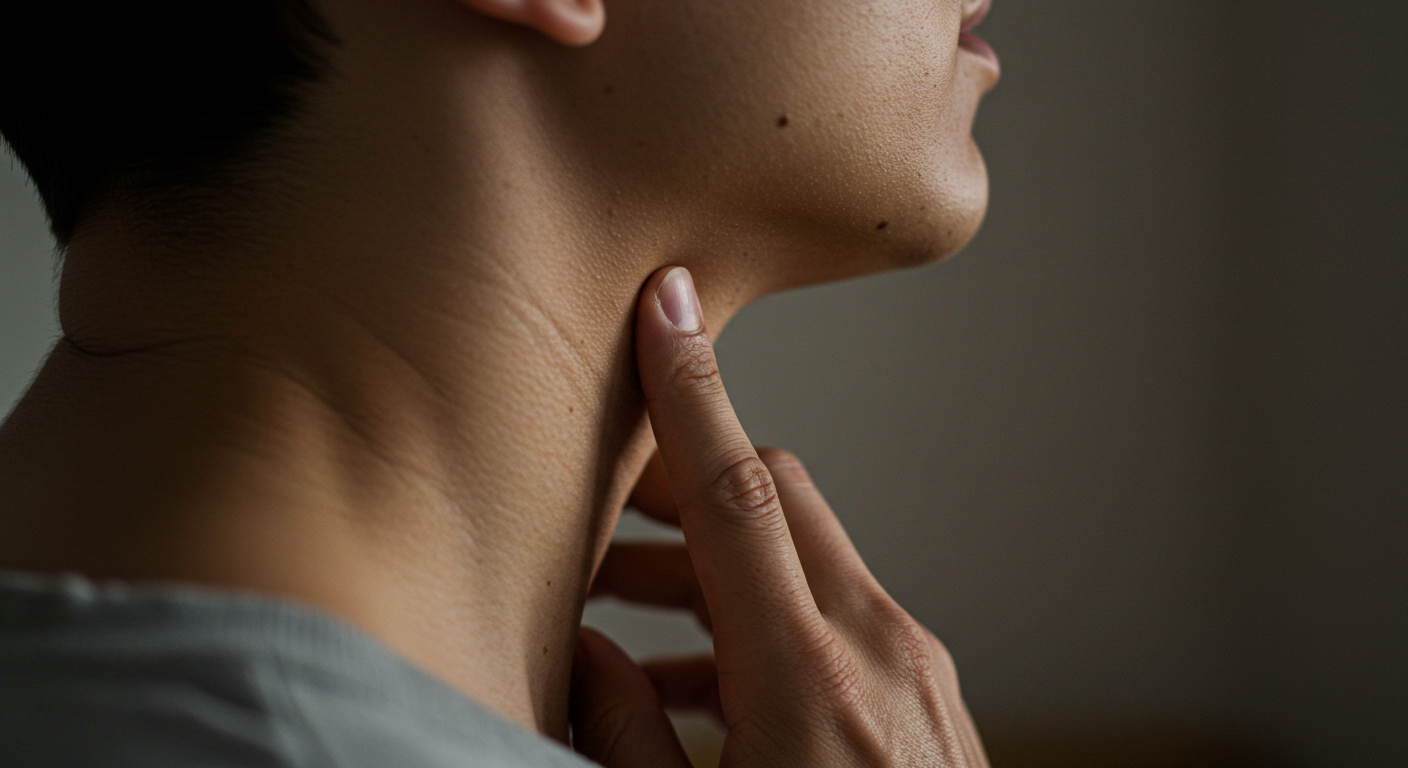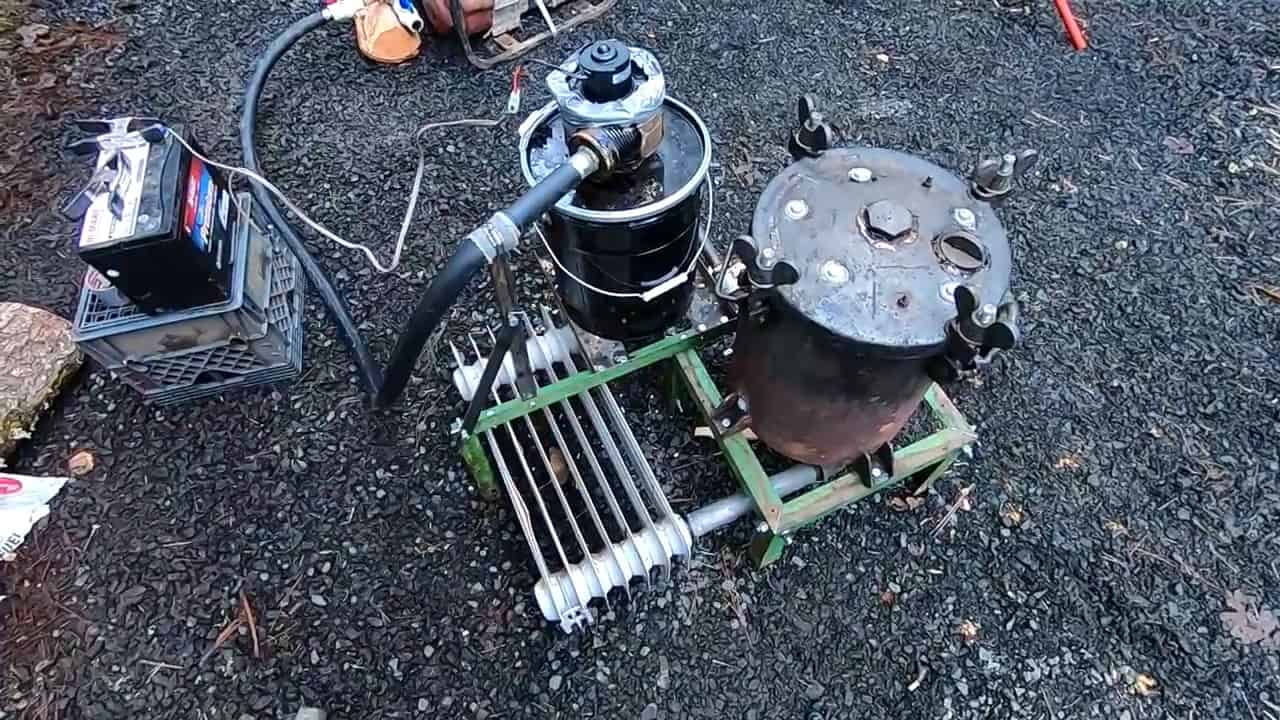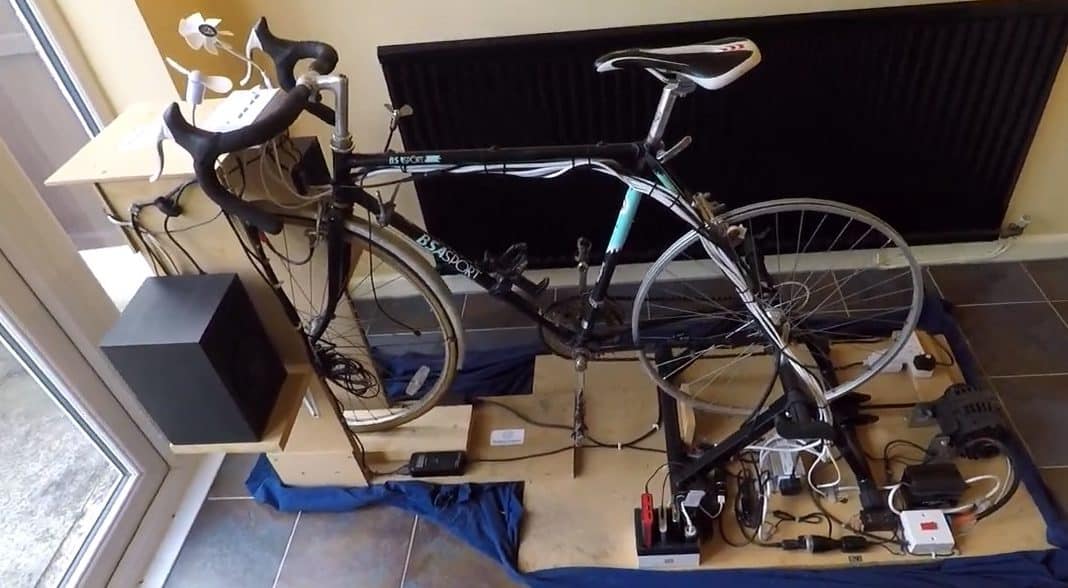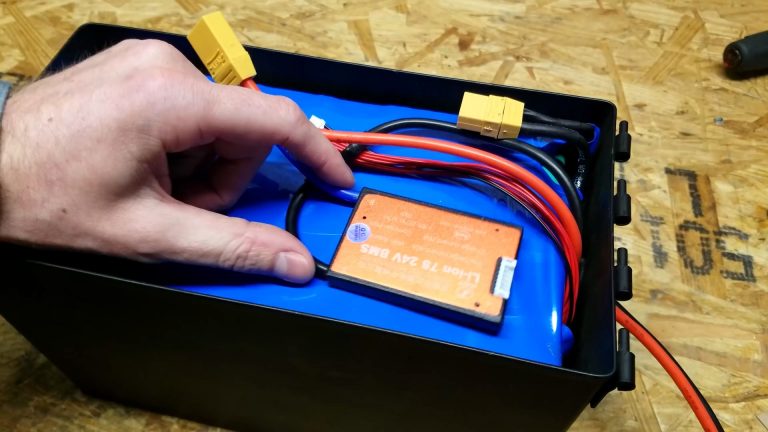Our lymph nodes are like quiet sentinels, working in the background to filter waste and support our immune system. Most of the time, they go unnoticed. But when they swell, they are sending us a critical message: our body is fighting something and needs our attention.
Learning to recognize swollen lymph nodes is a form of self-awareness that allows you to catch early signs of infection, inflammation, or more serious concerns before they escalate. It’s an awareness that combines modern knowledge with a timeless tradition of listening to your body.
What Are Lymph Nodes?
Lymph nodes are small, bean-shaped glands located throughout the body, with clusters in the neck, underarms, groin, and behind the ears. They are part of the lymphatic system, a network of vessels that drains excess fluid and helps the immune system fight off pathogens.
When a harmful virus, bacteria, or other irritant enters your body, the lymph nodes act as filters. They swell as they fill with immune cells, fluid, and debris, which is a sign that your immune system is actively working to neutralize a threat.
In traditional medicine, lymphatic health was seen as central to overall vitality. Healers used gentle massage, plant remedies, and diet to keep the lymph flowing freely, believing that stagnation led to weakness and disease. Today, we understand the lymphatic system is a communication hub for immune cells, and swelling is part of that complex conversation.
How to Check for Swelling
Knowing how to check for swelling requires a simple routine.
- Locate Common Clusters: Gently use your fingertips to feel along the sides of your neck, under your jawline, behind your ears, in your underarms, and where your thigh meets your pelvis.
- Feel for Changes: A healthy lymph node is typically pea-sized or smaller, soft, and movable. A swollen lymph node can feel enlarged (the size of a marble or grape), firm, or more tender than usual.
- Notice Symmetry and Location: Swelling on both sides of your neck may suggest a systemic immune response, like a cold. Swelling on only one side can indicate a localized infection. It’s helpful to check your lymph nodes when you are healthy to establish a baseline for comparison.
Remember that in children and young adults, lymph nodes can be more prominent because their immune systems are more active. In older adults, persistent swelling should be evaluated more carefully.
Other Signs to Watch For
Alongside swelling, you might notice other symptoms that indicate your body is fighting something.
- Warmth or Redness over the swollen area.
- General Fatigue or body aches.
- Fever or night sweats.
- A dull ache or “full” sensation in the surrounding muscles.
If the swelling lasts for more than two weeks, feels very hard, or is accompanied by unexplained weight loss, persistent fever, or other unusual symptoms, it is wise to seek professional medical advice. Early attention can make a significant difference in outcomes.
A Holistic Perspective
From a natural health standpoint, swollen lymph nodes are a message from the body, not just a symptom to suppress. They are a sign that the immune system is working. You can support your body’s natural processes with:
- Herbal Remedies: Herbs like Echinacea can help encourage lymphatic drainage. Red clover supports detoxification, and calendula is known for its gentle cleansing properties.
- Physical Activity: Gentle activities like walking or stretching can help pump lymph fluid, as the lymphatic system relies on muscle movement to circulate.
- Hydration: Staying well-hydrated is critical for supporting all of your body’s filtration systems.
- Diet: Eating a diet rich in whole foods and avoiding processed foods and chemical-heavy products can lighten the toxin load on your lymphatic system.
Final Thoughts
Recognizing swollen lymph nodes is about more than just checking for lumps. It’s about listening to your body’s quiet signals. By understanding where your lymph nodes are, how they normally feel, and what changes to look for, you can respond with informed care, whether that means rest, natural support, or timely medical attention.
Your lymphatic system is one of your body’s most understated allies. By keeping it healthy, you’re not just reacting to illness; you’re working with your body to prevent it.




